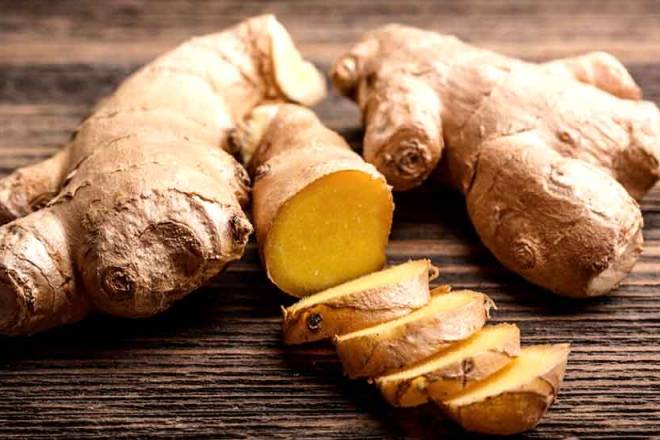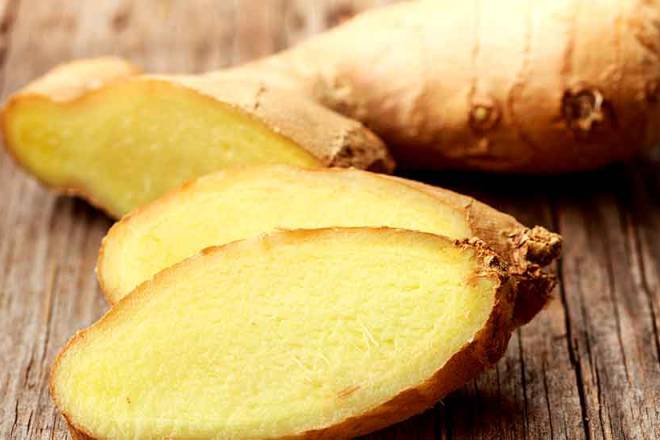Peru is the fourth largest exporter of ginger in the world
The price of ginger from other origins differs from Peruvian ginger and ginger from the Netherlands, which show a higher level of 80% above the world average price due to their better characteristics.
Peru is the fourth largest exporter of ginger in the world, after China, Thailand and the Netherlands. If we discount the latter – which does not produce ginger, but markets the product – Peru would be the third largest producer and exporter of ginger in the world.
This is according to a study by the General Directorate of Agrarian Policies of the Directorate of Economic Studies and Agrarian Information of the Ministry of Agrarian Development and Irrigation (Midagri), which indicated that, on the demand side, the main world buyer of ginger is the United States. This country has classified whole ginger in two tariff subheadings: conventional unbroken and unground ginger and organic unbroken and unground ginger.
In this respect, he explained that North American imports of conventional ginger of Chinese origin still maintain an almost monopolistic position; however, Peru has managed to position itself this year as the third most important supplier after China and Thailand. Regarding imports of organic ginger by the United States, our country has managed to displace China and has become the most important supplier in this market.
He explained that ginger is rich in antioxidants, which is why medicinal benefits such as strengthening the immune system are attributed to it. Hence, the latter reason is likely to explain the increase in consumption in this Covid-19 pandemic scenario, both in the local and foreign market.
During January-August 2020, Peruvian ginger exports increased by 110% in terms of volume exported and 97% in terms of value. This is considered a good sign for the definitive launch of this tropical Peruvian product.
World production
The Food and Agriculture Organization of the United Nations (FAO) has registered around 40 ginger-producing countries in all continents of the world.
In 2018, world ginger production reached 3,318,979 tonnes, registering a contraction of -11% compared to 3,457,473 tonnes in 2017. The main ginger producing countries in 2018 were India with 893,242 tonnes, China 510,035 tonnes, Nigeria 369,019 tonnes, Nepal 284,000 tonnes, Indonesia 207,412 tonnes, Thailand 167,952 tonnes, Bangladesh 79. 438 tonnes, Cameroon 65,538 tonnes, Japan 47,012 tonnes, Philippines 27,926 tonnes, Mali 23,528 tonnes, Taiwan 23,372 tonnes, Peru 15,425 tonnes (32,519 tonnes in 2017), Sri Lanka 14,208 tonnes, Ethiopia 10,778 tonnes, among others.
It is important to note that, in 2019, China, the world’s second largest producer and the world’s leading exporter of ginger, faced drought problems that impacted the production of 737,333 hectares of this crop in Yunnan province, in southwest China. This was compounded by floods that overflowed the banks of Poyang Lake in Jiangxi province; in addition, the wider Yangtze River basin, which includes Poyang Lake, was overflowed.
In terms of yield level, the world average is 9.6 tonnes per hectare. However, countries such as the United States have a yield of 33.4 tonnes per hectare, a world record, and Japan and Taiwan have 27 tonnes per hectare. In Peru, the productive yield reaches 18.5 tons per hectare, which places us in sixth place in the world with the highest productive yield. However, it has been reported that currently, with good certified seeds, we are harvesting around 25 tonnes per hectare.
World exports
Exports of ginger are recorded in 100 countries. The country that manages the world’s exportable supply and defines the price behaviour is China, which represents 67% of the world’s supply on average. Other countries that have an important presence, but in a smaller proportion, are Thailand, the Netherlands and Peru, which together have an average share of only 16.4%, although in recent years they have gained a greater presence and represent 20% of the total market (2018-2019).
As for Peru, it is striking to note the tremendous increase it has shown in recent years, with an average growth of 42.8% per year. Until 2017, it ranked fifth in importance as an exporting country, but, in 2018, it overtook India and occupied fourth place to date.
Ginger has two forms of presentation as a raw material in world trade: “unground or powdered (whole)” and “ground or powdered (powder)”. Ginger trade in the form “whole” accounts for 96% on average of total exports and shows a rather dynamic behaviour, while trade in powdered ginger accounts for only 4% of the total and has a low dynamic behaviour, with a tendency to stagnate.
In that sense, world exports of whole ginger show a growing behaviour, increasing by around 6.2% per year in terms of volume and by 15.4% in value.
In 2019, world ginger exports (in both presentations) reached 817,000 tonnes (compared to 796 thousand tonnes shipped in 2018). Of this total, 789 thousand tonnes correspond to shipments of whole ginger (760 thousand tonnes the previous year) representing 96.6% of the total and 27 thousand tonnes are shipments of powdered ginger (35 thousand tonnes in 2018), concentrating 3.4% of the total.
As for the value of ginger exports of the two presentations in 2019 totalled US$ 967,931,000 (compared to US$ 895,361,000 in 2018). Of this total, US$ 886,785,000 corresponds to shipments of whole ginger (US$ 812,598,000 the previous year) representing 91.6% of the total; and US$ 81,146,000 are shipments of powdered ginger (US$ 82,763,000 in 2018), concentrating 8.4% of the total.
In 2019, the main whole ginger exporting countries were: China 523,500 tonnes (476,800 tonnes in 2018), Thailand 77,800 tonnes (73,500 tonnes in 2018), Netherlands 60,000 tonnes (57,400 tonnes in 2018), Peru 23,100 tonnes (21,200 tonnes the previous year), India 22. 900 tonnes (16,700 tonnes in the previous year), Brazil 22,100 tonnes (15,300 tonnes in 2018), Nepal 9,400 tonnes (6,800 tonnes in 2018), Vietnam 5,100 tonnes (1,900 tonnes in 2018), Indonesia 4,300 tonnes (3,000 tonnes in the previous year), Spain 3,500 tonnes (2,700 tonnes in the previous year), others.
It was highlighted that the price of ginger from the other origins differs from the prices of ginger of Peruvian and Low Countries origin, which show a higher level by 80% on average above the world average price, which has a very interesting explanation. According to the Trade Office of Peru in Los Angeles (USA), in the case of the Peruvian product, not only does it have superior organoleptic characteristics, but it is also a mostly organic product.


